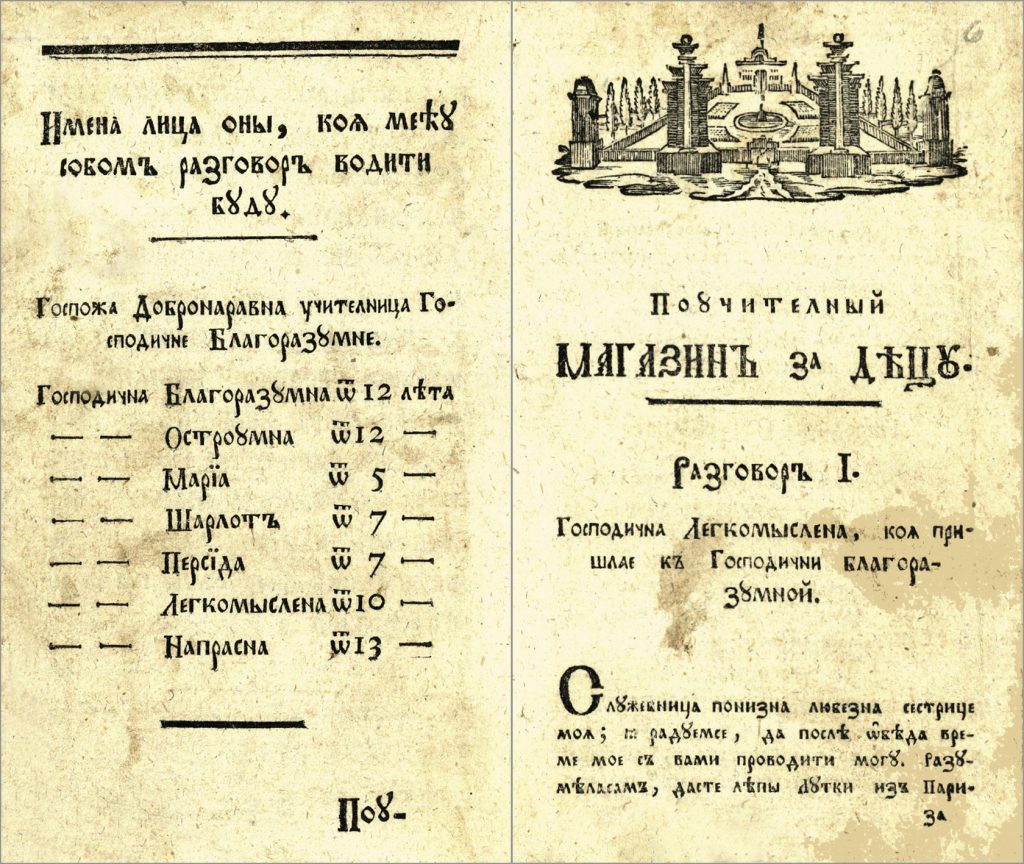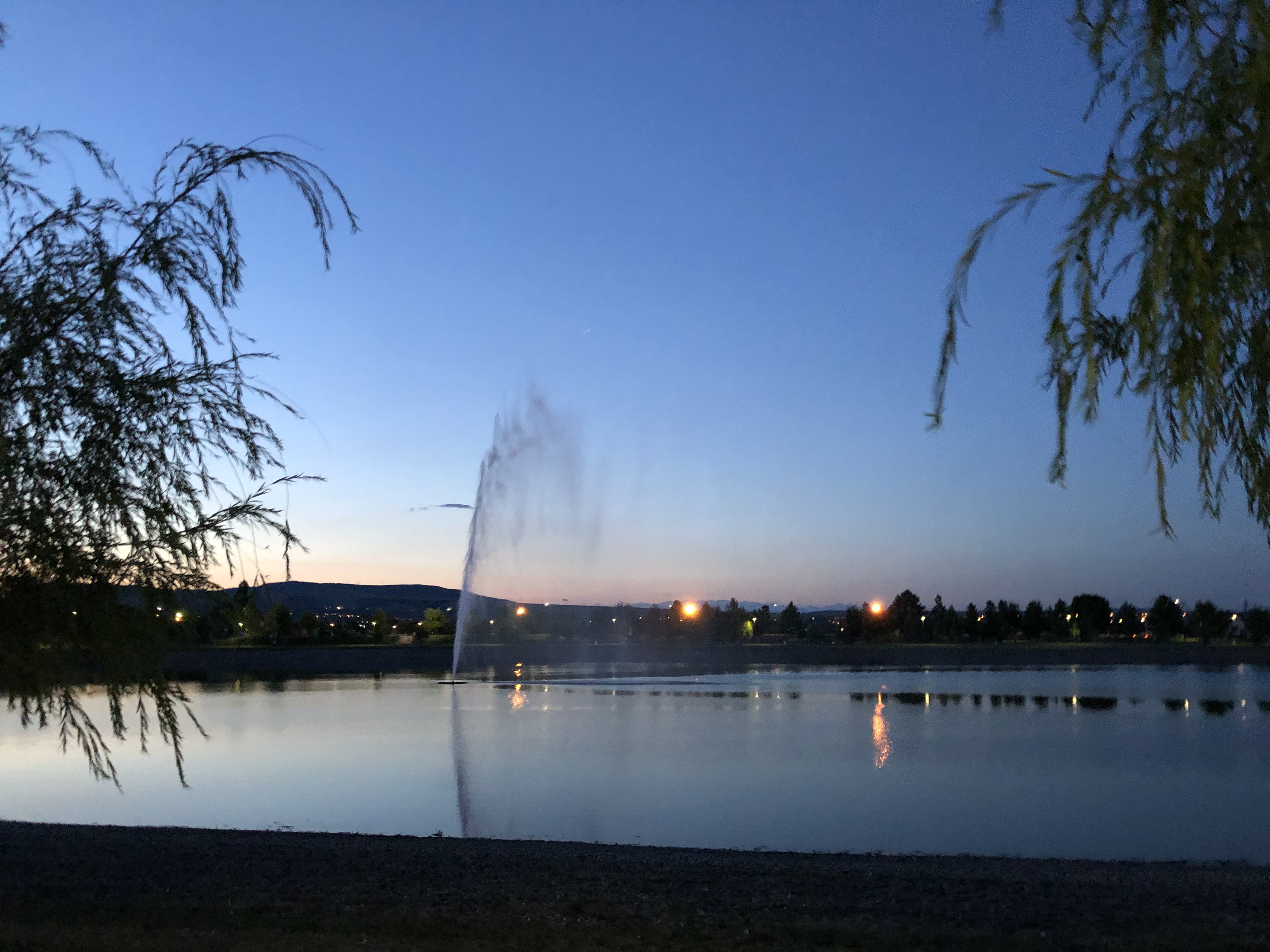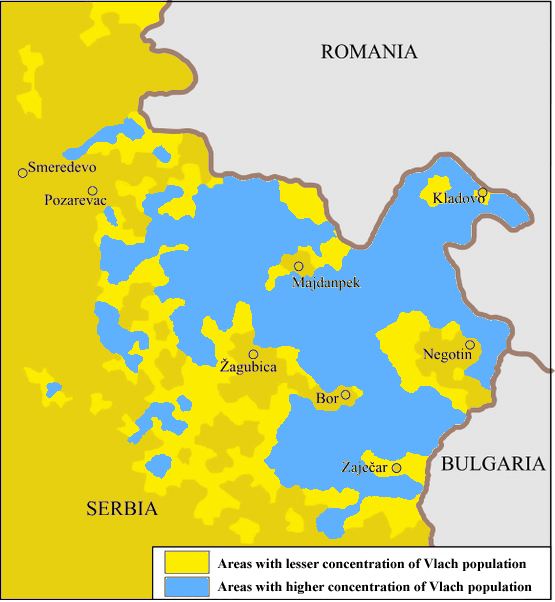|
Receb Ağa
Regep Ağa was an Ottoman Empire, Ottoman general of Yörüks, Romanian origin (born 1770 – died October 1, 1814). Early life Historical records indicate that Regep Ağa was born in the Rudăria area of Romania, in Almăj. There is no record of his exact date of birth, yet it is believed that he was born in 1770. Based on the publications of priest Coriolan Buracu, the Ottomans made incursions to Rudăria during the Russo-Turkish War (1735-1739), Austro-Turkish war of 1737-1739, taking families and children of Turks of Romania Ancestry back to their own lands. The Treaty of Sistova in 1791 practically put an end to the last incursions of the Ottoman Empire, Ottoman in Almăj. Because of this, Regep Ağa was probably taken by the Ottomans and circumcised between 1737 and 1791. Researchers also believe that he was between 12 and 14 years old when he was taken by the Ottomans. Regep Ağa started his military career in the early 1800s (decade), 1800s. Regep Ağa was Chiosa Mustaf ... [...More Info...] [...Related Items...] OR: [Wikipedia] [Google] [Baidu] |
Ottoman Empire
The Ottoman Empire (), also called the Turkish Empire, was an empire, imperial realm that controlled much of Southeast Europe, West Asia, and North Africa from the 14th to early 20th centuries; it also controlled parts of southeastern Central Europe, between the early 16th and early 18th centuries. The empire emerged from a Anatolian beyliks, ''beylik'', or principality, founded in northwestern Anatolia in by the Turkoman (ethnonym), Turkoman tribal leader Osman I. His successors Ottoman wars in Europe, conquered much of Anatolia and expanded into the Balkans by the mid-14th century, transforming their petty kingdom into a transcontinental empire. The Ottomans ended the Byzantine Empire with the Fall of Constantinople, conquest of Constantinople in 1453 by Mehmed II. With its capital at History of Istanbul#Ottoman Empire, Constantinople (modern-day Istanbul) and control over a significant portion of the Mediterranean Basin, the Ottoman Empire was at the centre of interacti ... [...More Info...] [...Related Items...] OR: [Wikipedia] [Google] [Baidu] |
Danube
The Danube ( ; see also #Names and etymology, other names) is the List of rivers of Europe#Longest rivers, second-longest river in Europe, after the Volga in Russia. It flows through Central and Southeastern Europe, from the Black Forest south into the Black Sea. A large and historically important river, it was once a frontier of the Roman Empire. In the 21st century, it connects ten European countries, running through their territories or marking a border. Originating in Germany, the Danube flows southeast for , passing through or bordering Austria, Slovakia, Hungary, Croatia, Serbia, Romania, Bulgaria, Moldova, and Ukraine. Among the many List of cities and towns on the river Danube, cities on the river are four national capitals: Vienna, Bratislava, Budapest, and Belgrade. Its drainage basin amounts to and extends into nine more countries. The Danube's longest headstream, the Breg (river), Breg, rises in Furtwangen im Schwarzwald, while the river carries its name from its ... [...More Info...] [...Related Items...] OR: [Wikipedia] [Google] [Baidu] |
National Museum Of Serbia
The National Museum of Serbia () is the largest and oldest museum in Belgrade, Serbia. It is located in the central zone of Belgrade on a square plot between the Republic Square (Belgrade), Republic Square, formerly Theatre Square, and three streets: Čika Ljubina, Vasa Čarapić, Vasina and Lazar Paču, Laze Pačua. Its main facade is on the Republic Square and the official address is 1a Republic Square. The museum was established on 10 May 1844. It moved into the present building in 1950, with the grand opening of the venue on 23 May 1952. Since its founding, the museum's collection has grown to over 400,000 objects, including many foreign masterpieces. The National Museum of Serbia building was declared a Monuments of Culture of Great Importance (Serbia), Monument of Culture of Great Importance in 1979. History Before the erection of the building of the National Museum on this place was a famous tavern called "Dardanelles", meeting point of the cultural and artistic elit ... [...More Info...] [...Related Items...] OR: [Wikipedia] [Google] [Baidu] |
Iron Gates
The Iron Gates (; ; ; Hungarian: ''Vaskapu-szoros'') is a gorge on the river Danube. It forms part of the boundary between Serbia (to the south) and Romania (north). In the broad sense it encompasses a route of ; in the narrow sense it only encompasses the last barrier on this route, just beyond the Romanian city of Orșova, that contains two hydroelectric dams, with two power stations, Iron Gate I Hydroelectric Power Station and Iron Gate II Hydroelectric Power Station. At this point in the Danube, the river separates the southern Carpathian Mountains from the northwestern foothills of the Balkan Mountains. The Romanian side of the gorge constitutes the Iron Gates Natural Park, whereas the Serbian part constitutes the Đerdap National Park. A wider protected area on the Serbian side was declared the UNESCO global geopark in July 2020. Archaeologists have named the Iron Gates mesolithic culture (dated circa 13,000 to 5,000 years ago) after the gorge. One of the most impo ... [...More Info...] [...Related Items...] OR: [Wikipedia] [Google] [Baidu] |
Vuk Karadžić
Vuk Stefanović Karadžić ( sr-Cyrl, Вук Стефановић Караџић, ; 6 November 1787 (26 October OS)7 February 1864) was a Serbian philologist, anthropologist and linguist. He was one of the most important reformers of the modern Serbian language. For his collection and preservation of Serbian folktales, ''Encyclopædia Britannica'' labelled Karadžić "the father of Serbian folk-literature scholarship." He was also the author of the first Serbian dictionary in the new reformed language. In addition, he translated the New Testament into the reformed form of the Serbian spelling and language. He was well known abroad and familiar to Jacob Grimm, Johann Wolfgang von Goethe and historian Leopold von Ranke. Karadžić was the primary source for Ranke's ''Die serbische Revolution'' (" The Serbian Revolution"), written in 1829. Biography Early life Karadžić was born to Serbian parents Stefan and Jegda (née ''Zrnić'') in the village of Tršić, near Loznica, ... [...More Info...] [...Related Items...] OR: [Wikipedia] [Google] [Baidu] |
Kladovo
Kladovo ( sr-Cyrl, Кладово, ; or ) is a town and municipality located in the Bor District of Southern and Eastern Serbia, eastern Serbia. It is situated on the right bank of the Danube river. Name In Serbian language, Serbian, the town is known as ''Kladovo'' (Кладово), in Romanian language, Romanian ''Cladova'', in German language, German as ''Kladowo'' or ''Kladovo'' and in Latin language, Latin and Romanised Greek language, Greek as ''Zanes''. In the time of the Roman Empire, the name of the town was ''Zanes'' while the Roman forts were known as ''Diana Fort, Diana'' and ''Pontes'' (from Greek "sea" -''pontos'', or Roman "bridge" - ''pontem''). Later, Slavs founded a settlement that was named ''Novi Grad'' (Нови Град), while Ottoman Empire, Ottomans built a fortress here and called it ''Fethülislam''. The present-day name of Kladovo is first recorded in 1596 in an Austrian military document. There are several theories about the origin of the current n ... [...More Info...] [...Related Items...] OR: [Wikipedia] [Google] [Baidu] |
Serbia
, image_flag = Flag of Serbia.svg , national_motto = , image_coat = Coat of arms of Serbia.svg , national_anthem = () , image_map = , map_caption = Location of Serbia (green) and the claimed but uncontrolled territory of Kosovo (light green) in Europe (dark grey) , image_map2 = , capital = Belgrade , coordinates = , largest_city = capital , official_languages = Serbian language, Serbian , ethnic_groups = , ethnic_groups_year = 2022 , religion = , religion_year = 2022 , demonym = Serbs, Serbian , government_type = Unitary parliamentary republic , leader_title1 = President of Serbia, President , leader_name1 = Aleksandar Vučić , leader_title2 = Prime Minister of Serbia, Prime Minister , leader_name2 = Đuro Macut , leader_title3 = Pres ... [...More Info...] [...Related Items...] OR: [Wikipedia] [Google] [Baidu] |
Timok Valley
The Timok Valley (; ; ) is a geographical region in east Serbia around the Timok River. The Timok Valley corresponds to parts of two Serbian districts ( Bor and Zaječar), with a total 2022 census population of 200,785. Name The Serbian name is derived from the hydronym ''Timok'' and ''krajina'' ("frontier, march"), named such due to its location and history as a borderland. It was introduced in the Interwar period as denoting the Timok confluence with the Negotin Valley and Ključ, which are part of the Timok Valley. The term has no historical or geographical basis. In Romanian, the term "Timoc Valley" () is used for the area inhabited by the Romanian-speaking Vlachs. "Tribalia" is also used in Romanian. The region was sometimes known as Podunavia in medieval times. Geography The Timok Valley roughly corresponds to the Bor and Zaječar districts of Serbia. It includes six municipalities and two cities: *Zaječar – 66,000 * Bor – 44,000 *Negotin – 37,000 *Knjaževac � ... [...More Info...] [...Related Items...] OR: [Wikipedia] [Google] [Baidu] |
Romanians
Romanians (, ; dated Endonym and exonym, exonym ''Vlachs'') are a Romance languages, Romance-speaking ethnic group and nation native to Central Europe, Central, Eastern Europe, Eastern, and Southeastern Europe. Sharing a Culture of Romania, common culture and Cultural heritage, ancestry, they speak the Romanian language and live primarily in Romania and Moldova. The 2021 Romanian census found that 89.3% of Romania's citizens identified themselves as ethnic Romanians. In one interpretation of the 1989 census results in Moldova, the majority of Moldovans were counted as ethnic Romanians as well.''Ethnic Groups Worldwide: A Ready Reference Handbook By'' David Levinson (author), David Levinson, Published 1998 – Greenwood Publishing Group.At the time of the 1989 census, Moldova's total population was 4,335,400. The largest nationality in the republic, ethnic Romanians, numbered 2,795,000 persons, accounting for 64.5 percent of the population. Source U.S. Library of Congres ... [...More Info...] [...Related Items...] OR: [Wikipedia] [Google] [Baidu] |
Serbs
The Serbs ( sr-Cyr, Срби, Srbi, ) are a South Slavs, South Slavic ethnic group native to Southeastern Europe who share a common Serbian Cultural heritage, ancestry, Culture of Serbia, culture, History of Serbia, history, and Serbian language, language. They primarily live in Serbia, Kosovo, Bosnia and Herzegovina, Croatia, Montenegro as well as in North Macedonia, Slovenia, Germany and Austria. They also constitute a significant diaspora with several communities across Europe, the Americas and Oceania. The Serbs share many cultural traits with the rest of the peoples of Southeast Europe. They are predominantly Eastern Orthodoxy, Eastern Orthodox Christians by religion. The Serbian language, Serbian language (a standardized version of Serbo-Croatian) is official in Serbia, co-official in Kosovo and Bosnia and Herzegovina, and is spoken by the plurality in Montenegro. Ethnology The identity of Serbs is rooted in Eastern Orthodoxy and traditions. In the 19th century, the ... [...More Info...] [...Related Items...] OR: [Wikipedia] [Google] [Baidu] |
Tudor Vladimirescu
Tudor Vladimirescu (; c. 1780 – ) was a Romanian revolutionary hero, the leader of the Wallachian uprising of 1821 and of the Pandur militia. He is also known as Tudor din Vladimiri (''Tudor from Vladimiri'') or, occasionally, as Domnul Tudor (''Voivode Tudor''). Background Tudor was born in Vladimiri, Gorj County (in the region of Oltenia) in a family of landed peasants ('' mazili''); his birth year is usually given as 1780, but this is still debated. At the age of 12, he was sent to Craiova, in service to boyar Ioan Glogoveanu, where he would later learn rhetoric, grammar and the Greek language. He became administrator of the boyar's estate and, in 1806, was named '' vătaf'' (leader of the local militias) at Cloșani. Tudor's experience as a servant made him familiar with customs, habits and objectives of landowners; this insight helped him walk the fine line between conflicting interests of boyars and peasants in the first months of the uprising against the Phanariotes ... [...More Info...] [...Related Items...] OR: [Wikipedia] [Google] [Baidu] |






